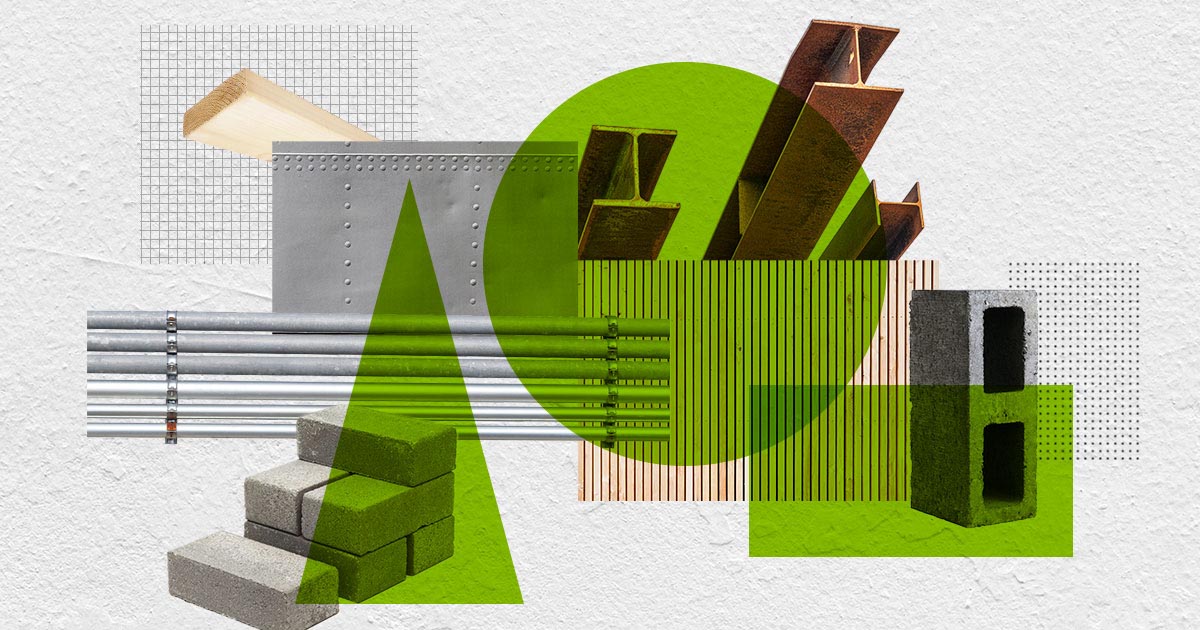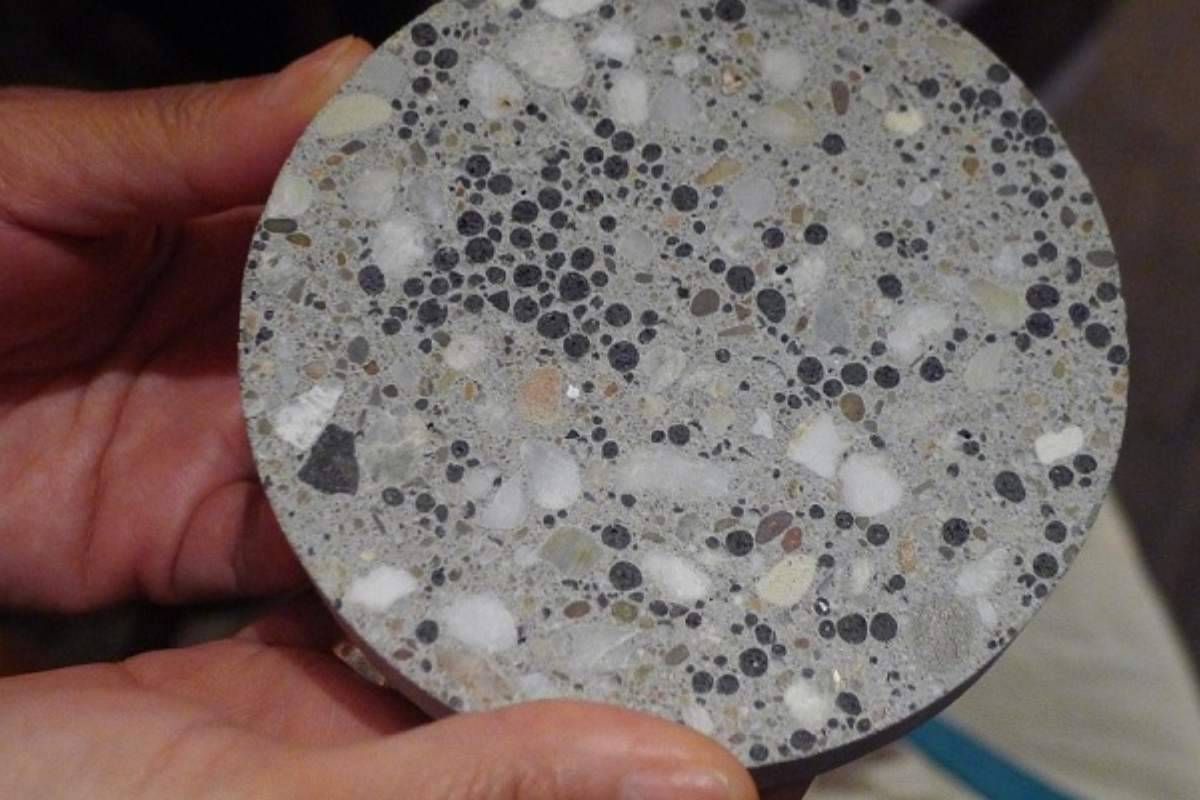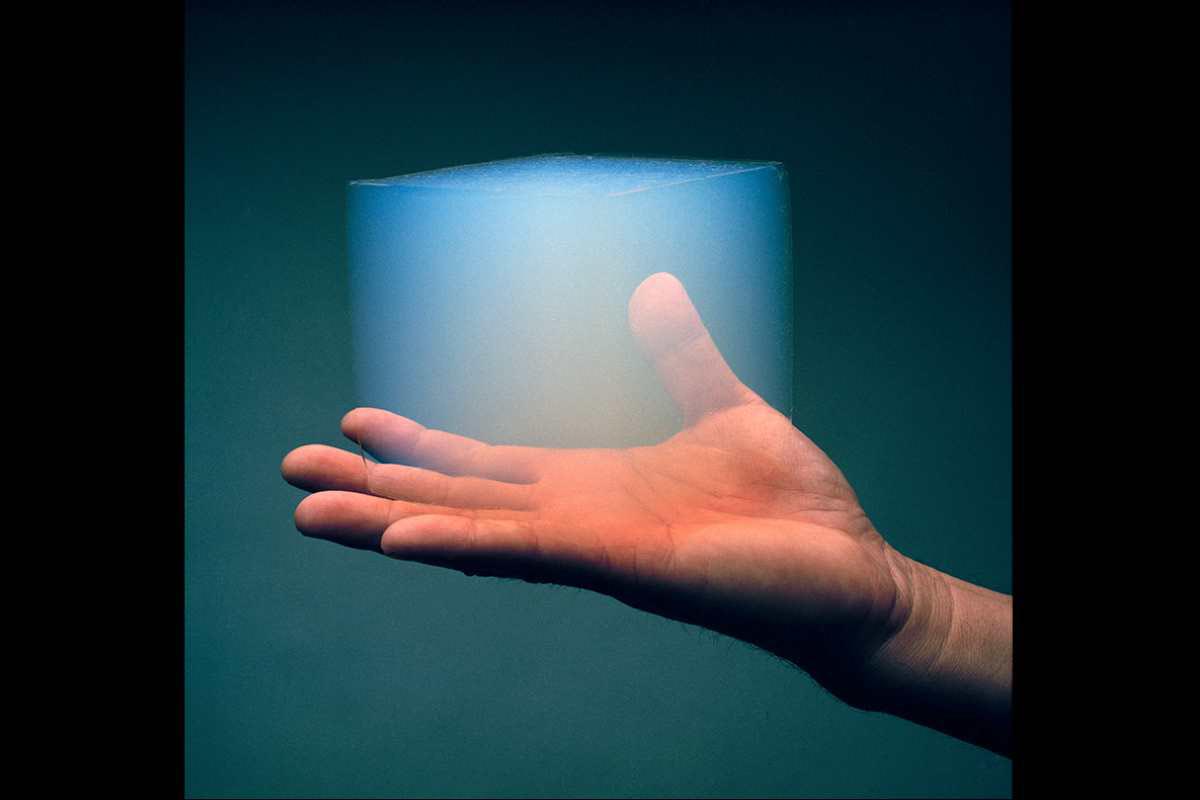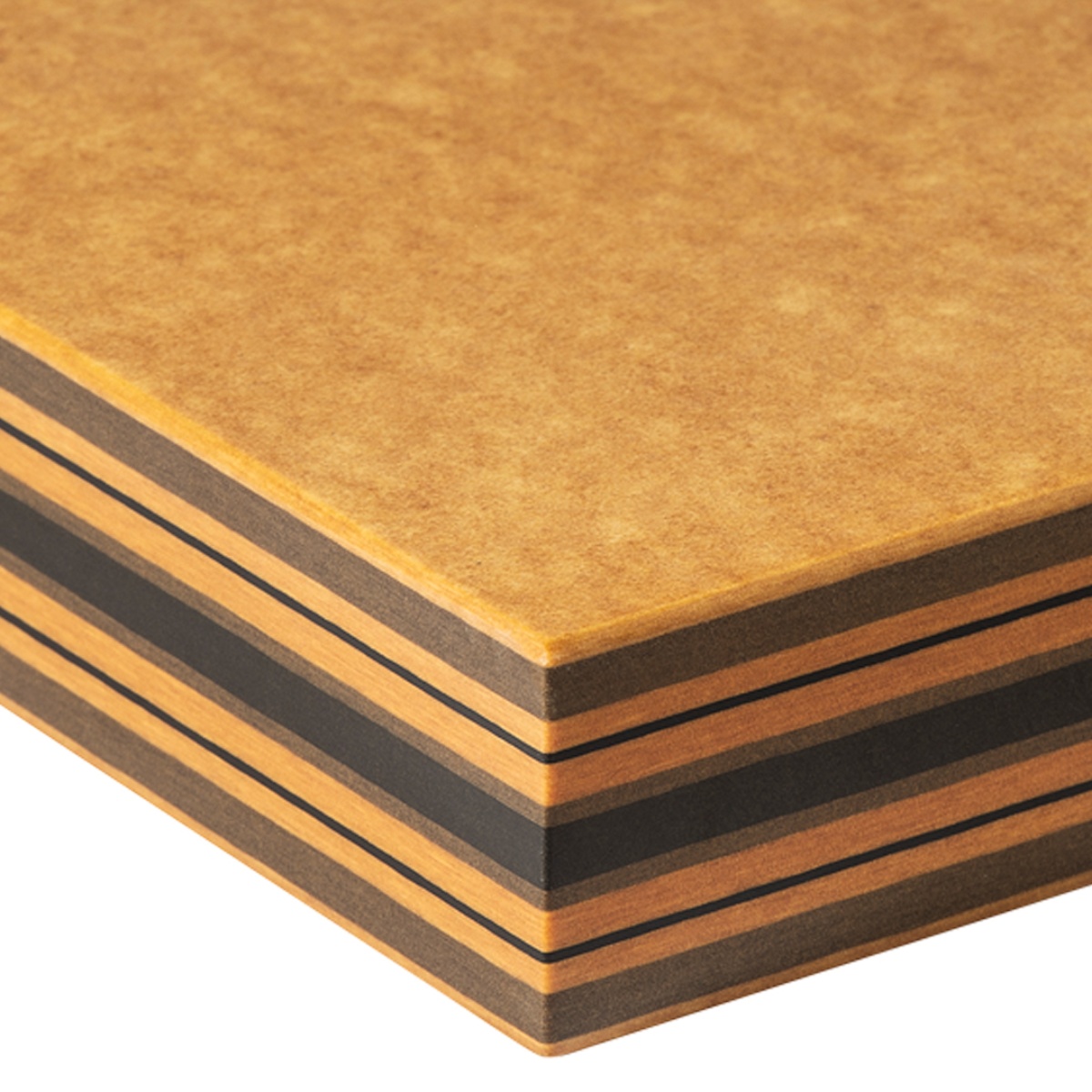Submitted by Megha Balooni
Materiality in architecture: future materials
India Architecture News - Jun 30, 2023 - 18:08 3261 views

Consider building a Pyramid in the 21st Century. Not many would find it a surprising or shocking endeavour. Humans have created not only the means to build the designs that once were only imagined, but also excelled in their understanding and engineering of materials which manifests contemporary design concepts into actuality. Where the work of transporting, lifting and carefully placing the materials for the Great Pyramids was established in a span of over 20 years, carried out by three hundred and sixty thousand men, the world's tallest man-made structure, Burj Khalifa, took just 1,325 days to complete after the start of its excavation work. 12,000 people were employed to construct the tower.
As our civilization continues to develop, so does our need to develop new methods of buildability. Some processes help with our livability, some help in keeping up with the pace of our changing needs and requirements, and some are able to push the boundaries of our design and engineering acumen and exhibit a certain fast-forwarded cognitive ability. In our need to constantly improve our design and construction methods, material selection checks out as a fairly important criterion. While ancient and vernacular construction practices around the world, historically, focused on harnessing locally sourced materials, technological advancement has opened up avenues to develop these materials further and make them well-suited for the 21st century.
Innovation in material design and construction is being supported by technological tools such as smart building materials, Artificial Intelligence, and additive technology (such as 3D printing), to name a few, have been transforming projects that were previously considered to be time-consuming or not feasible at all. Here we discuss some materials, the innovation of which has surpassed human capabilities in the field.
Bio Concrete or Self-Healing Concrete
A more durable material than concrete? In 2006, professor Henk Jonkers, of Delft University of Technology, Netherlands began working on a more sturdy version of concrete, one that could fix itself, in case of cracking.
Self-healing concrete is a result of the biological reaction of non-reacted limestone and a calcium-based nutrient with the help of bacteria to heal the cracks appearing on the building. Special types of bacteria known as Bacillus are used along with calcium nutrients known as Calcium Lactate (Source). The material is best suited to bear extreme temperatures such as those required in marine environments and geothermal energy plants.

Self-Healing Concrete; Image, courtesy Delft University of Technology via CNN
Aerogel
To imagine fashioning a material comprising 99.8% air and to deem it useful might seem silly, but Samuel Stephens Kistler, in 1931, produced that material in the form of aerogels. What’s more, is that it is the hardest and the lightest material in the world!
It is a synthetic, ultralight and porous material where the liquid portion of a gel is replaced by gas. This results in a material that has low thermal conductivity and an extremely low density. The material is super useful in thermal insulation and is used on a magnanimous scale as an environmentally friendly and efficient thermal solution. They can also be manufactured using a variety of chemical compounds.

Aerogel; Image © NASA/JPL-Caltech
Richlite
Richlite is made from paper waste and is a durable paper composite material. Waste paper is pressed into hard and smooth panels that can be processed, making it a viable material alternative in eco-construction.
Just like hardwood, this material is easy to mill, sand, and join. It has low moisture absorption, high heat resistance and fire resistance, and is water resistant. It is widely used in construction as well as furniture design and interior design, owing to its natural finish.

Richlite; Image © Surface Matter
Integrating technologies such as intelligent design, smart buildings, automation etc., into a building’s core concept and construction can enhance the overall capabilities, functionality and performance of a design, opening up new possibilities for imaginative solutions. As we move further into the future, it remains to be seen how materiality can really influence and help designers ride the wave of creative innovation.
Header Image in the article © The American Institute of Architects
aerogel Architecture bioconcrete construction Materials richlite
